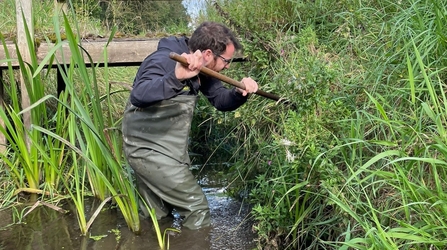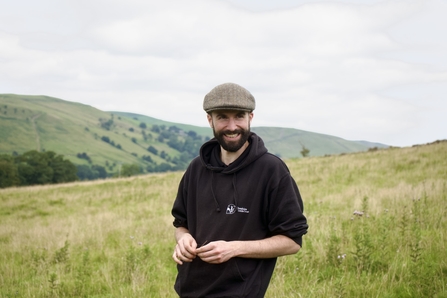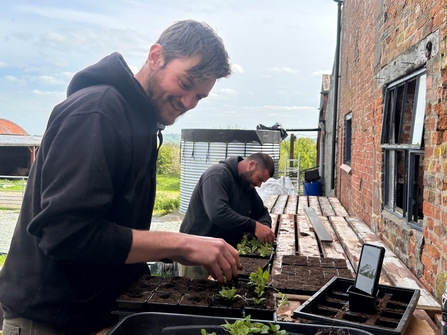In September 2023, we launched an urgent appeal to raise much-needed funds to complete work on our nature reserves.
Nature reserves are some of the last refuges where wild plants, mammals, birds (like lapwings, pictured above) and insects are given the space they need to survive. The 30 nature reserves in our care are some of the best wildlife havens remaining across the region.
We’ve had a fantastic response so far, with over £14,000 raised. However, we still have a way to go to reach our £52,298 target.
A donation of £44 could help protect an acre of nature reserve for a whole year!
At Cheshire Wildlife Trust, we’re all dedicated to protecting our precious local habitats and species. Here are just some of the people behind the scenes making it happen at some of Cheshire's Last Refuges.



